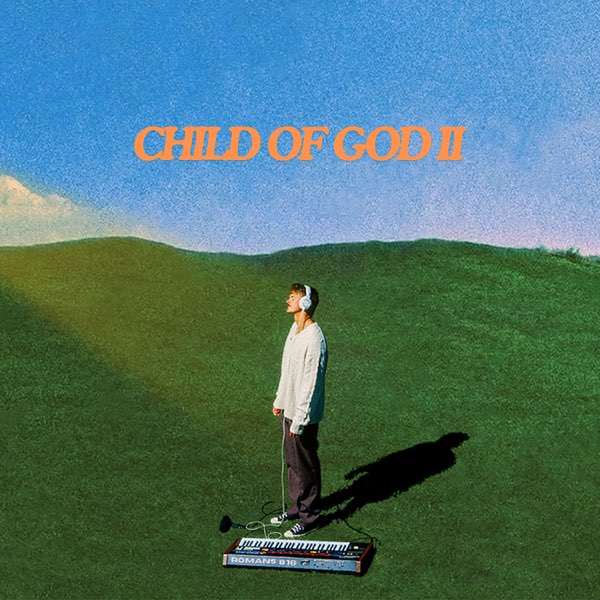With the recent release of “Dune: Part Two,” director Denis Villeneuve firmly plants his flag in “The Lord of the Rings” territory: visually beautiful and expertly crafted epic blockbusters with wide-ranging appeal.
The first part was released in October 2021 to a worldwide gross of $300 million, despite being released simultaneously on HBO Max. Critical reviews were largely positive, and the sequel was greenlit immediately after the success of the first film. Together, the two films adapt Frank Herbert’s 1965 novel “Dune,” considered one of the most iconic sci-fi stories of all time. “Part Two” follows the rise of Paul Atreides (Timothee Chalamet) as a religious figure among the Fremen people as they wage war against House Harkonnen, who rule over the planet Arrakis.
Arguably what sets this film apart from any other sci-fi film is the visuals and sense of scale. The sandworms, massive creatures native to Arrakis, are some of the most iconic images from the film. They play a role in several key sequences, including a breathtaking scene following Paul as he learns to ride one, crashing through the desert dunes. Other scenes see a group of Fremen attack a huge harvester to disrupt the production of the drug spice, an extremely valuable commodity in the far future. One shot that stuck with me shows a rocket pushing through the shields of a vehicle before exploding, as the explosion is contained inside the shields.
The use of colors, which in less capable hands could’ve made the movie a washed-out nightmare, is masterful here. The oranges of the sands are clear and distinct, and sequences on the Harkonnen home planet are in harsh blacks. A gladiatorial combat scene is even completely devoid of color due to the unique sun of the planet.
The characters and story don’t suffer at the expense of the visuals either. The story of Paul Atreides as he struggles with a prophecy proclaiming him to be the Kwisatz Haderach, a messiah who will lead humanity to a better future with his prophetic visions, is a classic story that warns of the dangers of power and devotion to a single person. Chani (Zendaya), a Fremen warrior, shows a different perspective as she questions the prophecy despite her love for him. Lady Jessica (Rebecca Ferguson), Paul’s mother, takes on a role guiding Paul to his messianic place in the prophecy.
On the antagonistic side of the story, Feyd-Rautha Harkonnen (Austin Butler), a new addition to the movie, takes a prominent role as the heir to House Harkonnen. Butler delivers a prime performance here, disappearing into the character like he did in 2022’s “Elvis.” His sociopathic actions make him a believable threat and perfect counterpart to Stellan Skarsgard’s Baron Harkonnen, down to an uncanny imitation of the voice.
Finally, Christopher Walken and Florence Pugh have roles as the Emperor and his daughter Irulan respectively, with Pugh’s character acting like a narrator keeping us up to speed with the complex politics of the story.
The action sequences are some of the best in a major blockbuster, with incredible choreography that feels grounded and believable. There are scenes with massive armies clashing, raids on bases and close-quarters duels, all of which are equally easy to follow.
The plots and action are much richer than the first film, as much of the worldbuilding and plot was set up previously. This isn’t a movie you could easily understand without watching the first film, considering it starts moments after the end of the first. That’s not a detriment to the film at all, as it allows the movie to jump right back into the story.
If the first film was “Fellowship of the Ring,” this one is “The Two Towers”: a film that builds on the first one with more action, more characters, and richer story. A third part of “Dune” is inevitable, with the huge success of this film and the many plot threads Villenevue purposefully left open.
“Dune: Part Two” was released in theaters on March 1. It is rated PG-13.
5/5 stars.







